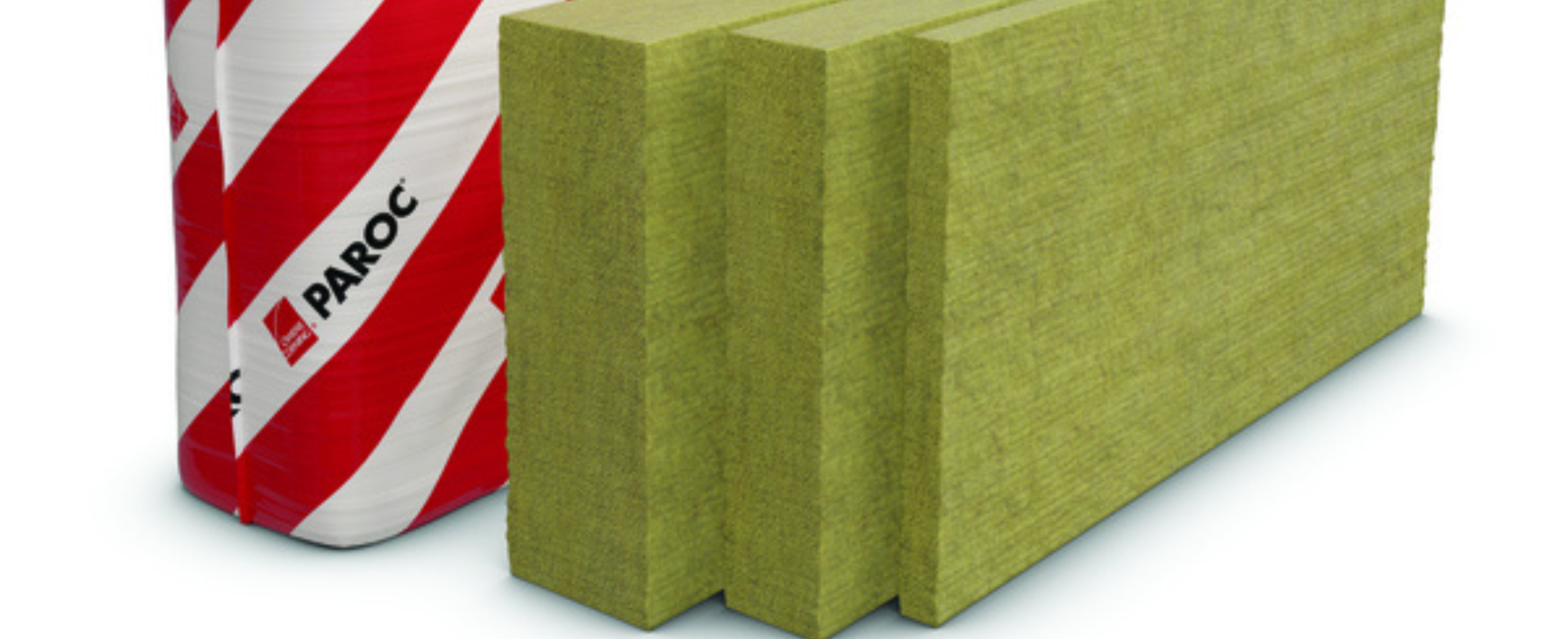Send us your feedback
Here you can send us feedback on the Maxess-website. Please describe the problem or what’s missing in a clear way, and on what page you found the issue. Thank you so much for your help!
XANES provided insights on mixing recycled material
Stone wool is an insulation material made from melted natural stone. The stone wool company Paroc AB wanted to gain deeper insights into how the iron in stone wool products can be affected by mixing recycled material containing a polyvalent element and chose to use X-ray absorption spectroscopy in collaboration with RISE and MAX IV.
The popular insulation material stone wool is made from natural stone that is melted down and converted into thin fibres, stabilised with a small amount of binder. An important property is that stone wool is virtually non-combustible. This is why many use stone wool to contribute to fire safety in buildings.
Making stone wool more sustainable
Many stone wool companies, such as Paroc, are currently researching on how to make their products more sustainable by increasing the proportion of recycled material. The material that Paroc is considering adding to its stone wool products contains a polyvalent element, that can affect iron redox. In a redox reaction, electrons are transferred between substances, causing their oxidation state to change. An example of oxidation is when iron reacts with oxygen to form iron oxide, known as rust. In this project, Paroc, in collaboration with RISE, wanted to study how the iron in the molten stone could be affected by being molten together with a polyvalent element. If the iron is affected, this could affect fire safety.
Deeper understanding of complex consequences
The aim of the project was to shed light on the redox and structure of the polyvalent element by using X-ray absorption spectroscopy, at MAX IV in Lund, on glass from volcanic rocks in stone wool applications. One of the methods chosen was XANES, a form of X-ray absorption spectroscopy used to provide information about the electronic and local structure surrounding the the chosen element in the material. In this case, XANES provided a deeper understanding of the complex consequences of a higher admixture of polyvalent element-containing residues in stone wool production. The results of the study show that the addition of a polyvalent element can possibly affect the product properties of the stone wool. However, this has a lot to do with the melting process itself, something that Paroc continues to investigate.
Organisation and implementation of the project:
The project was divided into three activities
1: Project management and communication.
2: Sample preparation and development of reference material.
3: X-ray absorption measurement of stone wool and reference material at Balder at MAX IV in Lund.
RISE has led the project and is responsible for the X-ray absorption measurements. The industrial partner Paroc was responsible for commercial melt samples, industrial-like melt samples and chemical analysis. Now it remains to evaluate the sustainability effects and to implement the results in production in the future.
Contact Partners
Warning: Trying to access array offset on value of type bool in /www/webvol16/wa/cwhoytya3zsx7gy/maxess.se/public_html/wp-content/themes/MAXESS/single-case.php on line 161
Warning: Attempt to read property "slug" on null in /www/webvol16/wa/cwhoytya3zsx7gy/maxess.se/public_html/wp-content/themes/MAXESS/single-case.php on line 161
Case Details
RISE offer within large scale research infrastructures



